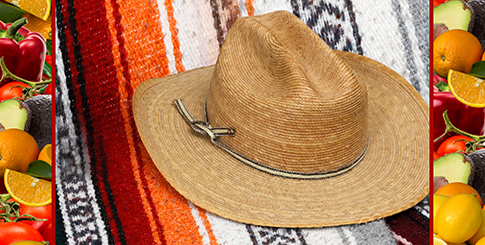The Rio Grande Valley sits at the southernmost tip of Texas on the bank of the Rio Grande River, which snakes along the U.S.-Mexico border. Home to just over a million residents, the Valley’s swelling population is fueling major business expansion throughout the region’s four counties—Cameron, Hidalgo, Starr, and Willacy—and beyond.
The largest of the four Valley counties, Hidalgo, includes the cities of McAllen, Edinburg, Mission, and Pharr. According to some economic forecasts, the McAllen-Edinburg-Mission metro area is expected to add 31,300 jobs over the next five years. Much of this extraordinary growth is thanks to the Valley’s booming produce trade.
Garden-Fresh Gateway
With nearly 44 percent of all U.S. fruit and vegetable imports coming from Mexico—and half of these shipments moving through Texas—the Rio Grande Valley is prime real estate indeed, and suppliers can send shipments throughout the nation with ease.
“We’re on the border right in the middle of the country,” points out Jerry Garcia, vice president at London Fruit, Inc. in Pharr. “Because of our location, we can go to any destination in the United States.”
Luis Bazan, bridge director for the Pharr International Bridge, says the Rio Grande Valley is essential to international trade because of its connectivity to major distribution centers. “In Pharr alone, we’re considered a mecca for produce distribution,” he explains.
“We have one [industrial] park, for example, that’s dedicated specifically to cold warehouses,” adds Bazan. “These products are then shipped to the northeastern quadrant of the United States, which is where you find your major markets and higher density population. But it all ties into the major corridors coming in from Mexico.”
Sizzling Trade & Hot Commodities
Although the Valley has acres of prime, fertile land and can grow a wide range of fruits and vegetables throughout much of the year, from berries in the spring and summer to cabbage, turnips, and herbs year-round, the bulk of the produce trade in the area revolves around imports.
Many of the major commodity imports are indeed grown in the state but most are consumed in the surrounding counties, while imports from Mexico are sent to the Midwest and East Coast buyers.
Primary top produce commodities crossing the border range from tomatoes, onions, lettuce, and peppers to avocados, mangos, lemons, and limes. While the majority of these items hail from Mexico, a rising portion originates in South America and even the Caribbean.



